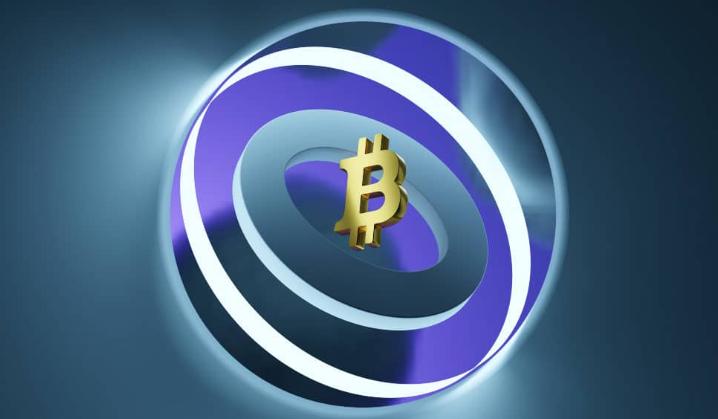“Zoo Series” BRC-20 tokens and NFTs surge across the board, what’s new in the Bitcoin ecosystem?
Writers: c00k1e, Joyce, BlockBeats
Editor: Zhang Wen, BlockBeats
Yesterday, Binance announced the launch of ORDI 1-50x U-based perpetual contracts. This news has attracted more community attention to the already vibrant Bitcoin ecosystem.
In the past week, after UniSat announced the launch of the brc20-swap mainnet, the sats token saw impressive gains, and the brc-20 sector has frequently seen skyrocketing projects, making the Bitcoin ecosystem one of the most discussed topics in the community.
The Bustling "BRC-20 Zoo"
With the launch of the brc20-swap mainnet by UniSat Wallet on October 31, several BRC-20 tokens named after various animals, which were deployed as early as March, have been actively traded in the past week, including cats, foxs, BEES, owls, fish, $PIG, bird, cock, lion, and more. The prices of these "animal coins" have risen alongside the active atmosphere of the Bitcoin ecosystem.
From the trading volume over the week, it can be seen that the trading numbers for cats, lion, and fish have all surpassed the community-familiar BRC-20 token ordi. Among them, the rats token launched on October 31 has shown the most significant increase and trading volume, with a rise of over 389% in the past week. The number of transactions within the week reached 4,904, second only to sats, while ordi's weekly trading volume was only 201 transactions.

Additionally, as the gas fee for UniSat BRC-20 Swap, the sats token has also surged rapidly, with an increase of over 900% in the past week, making it the highest in trading volume among BRC-20 tokens.

Bitcoin NFT Goosinals Surges Over 380% in a Week
Besides BRC-20, the performance of Bitcoin NFTs, represented by Goosinals, has also drawn attention in the NFT market. As of the time of writing, the floor price of Goosinals is 0.0097 BTC (approximately $338), with an increase of over 380% in the past week.

Related Reading: “Ordinals Ecosystem is Fun Again, Is the Bitcoin NFT Ecosystem Returning from 'The Big Casino' to 'The Art Gallery'?”
The "Goose" is not actually an NFT project specifically issued by a certain artist on Bitcoin, nor is it an NFT project issued by a specific artist on a particular chain.
"Goose Dad" is the renowned generative artist Dmitri Chernia, who is also the creator of the star project "Ringers" on Art Blocks.
To commemorate Ringers #879 "The Goose," Dmitri Chernia set up this creative theme in the MoMA Postcard project—if you were to design a simple, 10 x 10 pixel, 10K PFP themed around "Goose" for MoMA, what would it look like? Other artists in the project used the generator he provided to create "Goose."
The "Goose" series on Bitcoin originated from a tweet by BRC-20 founder @domodata—suggesting that it would be interesting to create a "First is First" 10K "Goose" series. Compared to the "Goose" series distributed across all other blockchain networks, the "Goose" on Bitcoin is the most influential and has received recognition from Dmitri Chernia himself.
Ordinals Founder Announces Suspension of New FT Protocol Runestone Development
On November 2, Casey Rodarmor, the founder of Ordinals, announced during a space that he would suspend the development of the Runestone protocol to focus on optimizing the Ordinals protocol.
Runestone is a new Bitcoin FT protocol design concept proposed by Casey on September 26. He plans to design a simple, UTXO-based FT protocol that provides a good user experience for Bitcoin users, minimizes the protocol's on-chain "footprint," and promotes trusted UTXO management to reduce the "garbage UTXO harm" caused by BRC-20.
Related Reading: “ A New FT Protocol Emerges, Ordinals Founder Can't Stand BRC Any Longer” The proposal of the Rune protocol concept can be seen as Casey's "surgical treatment" for the Ordinals protocol—despite being the founder of the protocol, he cannot unilaterally eliminate what he considers to be the "tumor" BRC-20 that is parasitic on the Ordinals protocol in the Web3 world.
BRC-20 Founder Proposes Core Function Cleanup Proposal
On November 4, BRC20 founder @domodata proposed a first phase proposal for core function cleanup of brc-20 at @L1Fxyz. The proposal suggests integrating a new core function called "fraction" into the brc-20 protocol to improve the token trading experience for all users.

The current brc-20 protocol allows anyone to create transfer inscriptions to any address. While this accessibility allows the use of inscription tools, it also opens the door for potential malicious actors to disrupt user activities. By directly integrating the "fraction" function into the brc-20 protocol, specific validity conditions can be enforced during transfers. This measure aims to increase the attack cost for disruptors. The "fraction" function is intended to become a core part of the brc-20 protocol, setting the allowable range for transfer amounts and/or the minimum fill required to create valid transfer inscriptions.
Previously, Ordinals Contributor @ordjingle pointed out a potential vulnerability in brc-20, where malicious users could send a large number of small transaction inscriptions to large holder addresses, thereby locking the balances of large holders. This forces large holders to pay high gas fees to clear these useless transaction inscriptions to unlock their balances. This proposal may be a response to this issue. Most users are unlikely to utilize this function.










